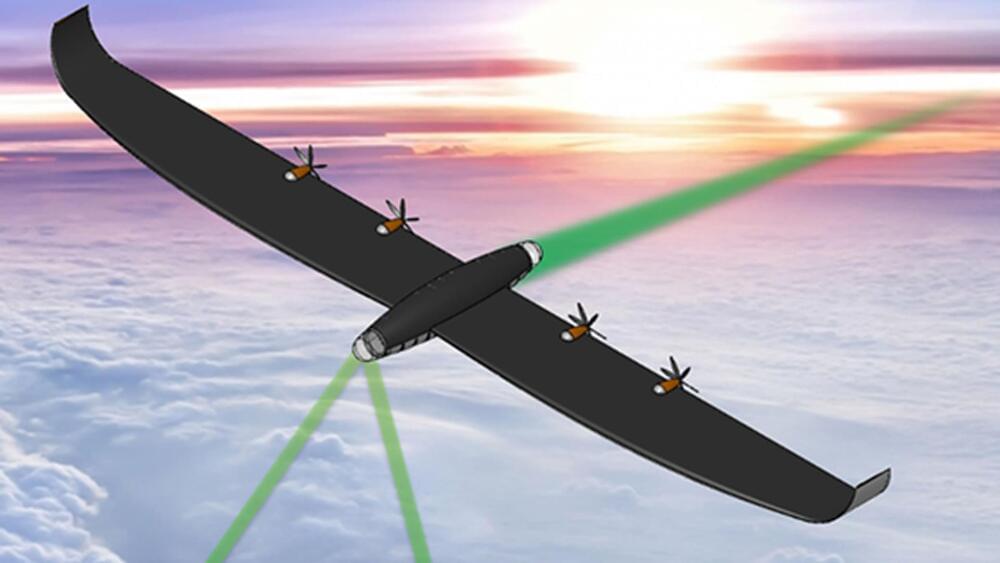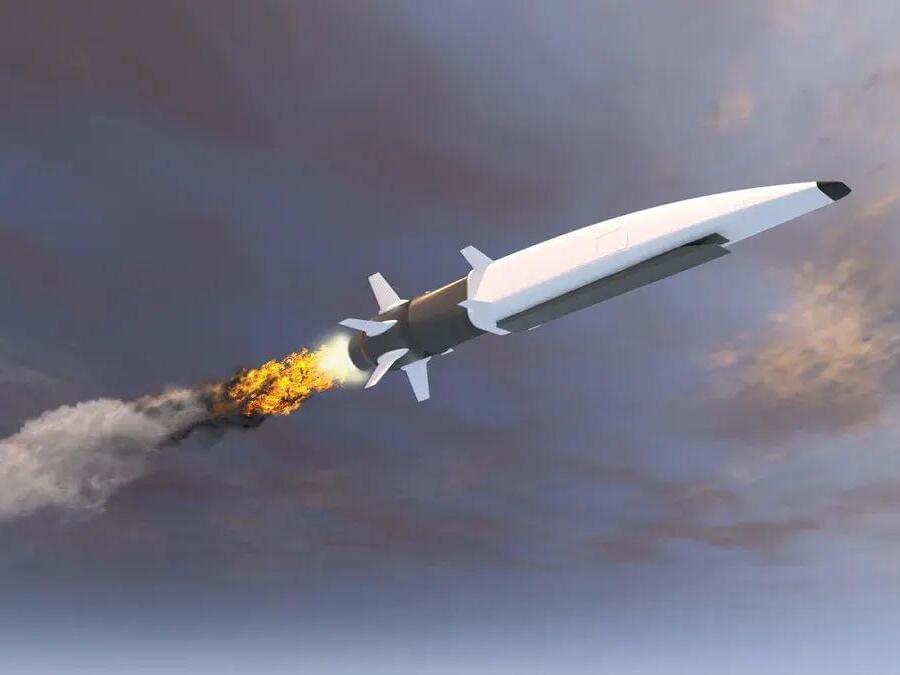
Welcome to Edition 5.36 of the Rocket Report! A long time ago in a galaxy far, far away, the space media were given a May 4 launch date for United Launch Alliance’s Vulcan rocket. Alas, May the 4th, in 2023, wasn’t meant to be. In this week’s report, I explain why.
As always, we welcome reader submissions, and if you don’t want to miss an issue, please subscribe using the box below (the form will not appear on AMP-enabled versions of the site). Each report will include information on small-, medium-, and heavy-lift rockets as well as a quick look ahead at the next three launches on the calendar.
Electron to serve as a hypersonics test bed. Rocket Lab’s small booster will use essentially the same first and second stages for hypersonic test flights, but it will have a modified kick stage that will allow Electron to deploy payloads with a mass of up to 600 kg into trajectories five times greater than the speed of sound, Ars reports. The Army, Navy, and Air Force are all developing hypersonic missiles to provide a fast-moving, maneuverable capability for striking targets quickly from thousands of kilometers away. Among the research problems the military likely wants to test is managing the extreme heat that hypersonic missiles are exposed to by traveling at high speeds in the atmosphere for most of their flight.


















